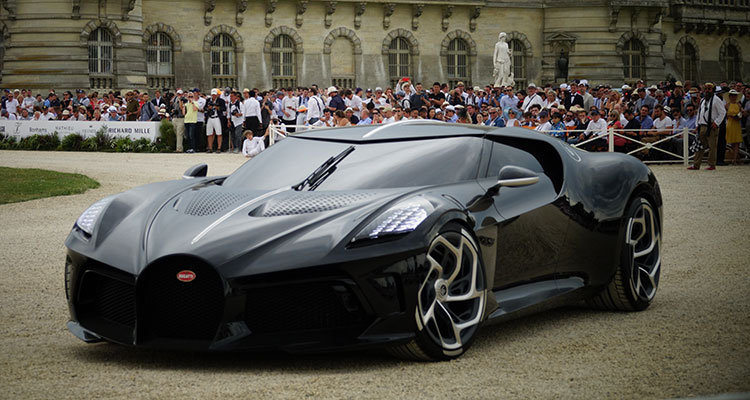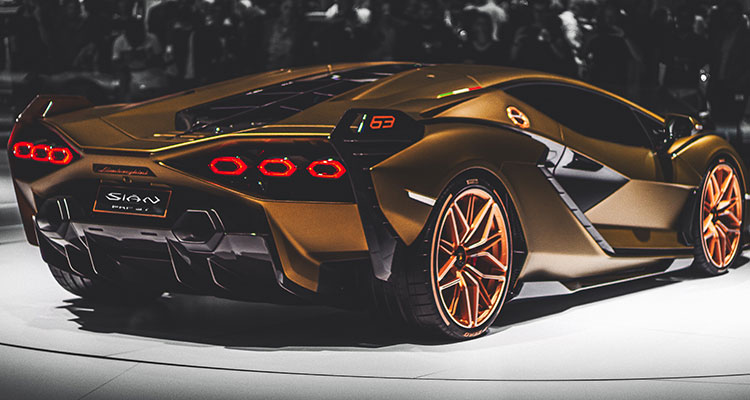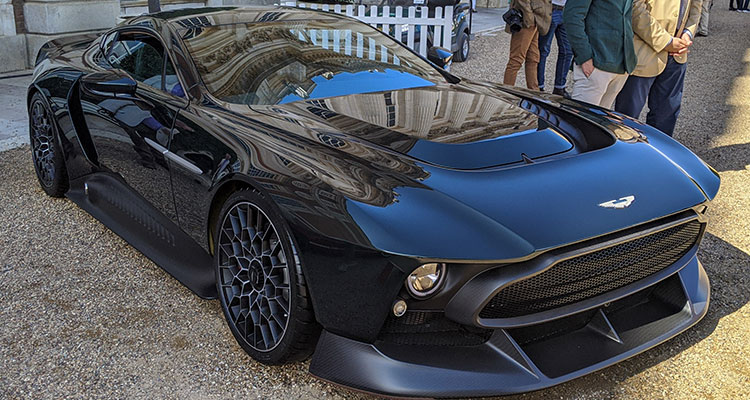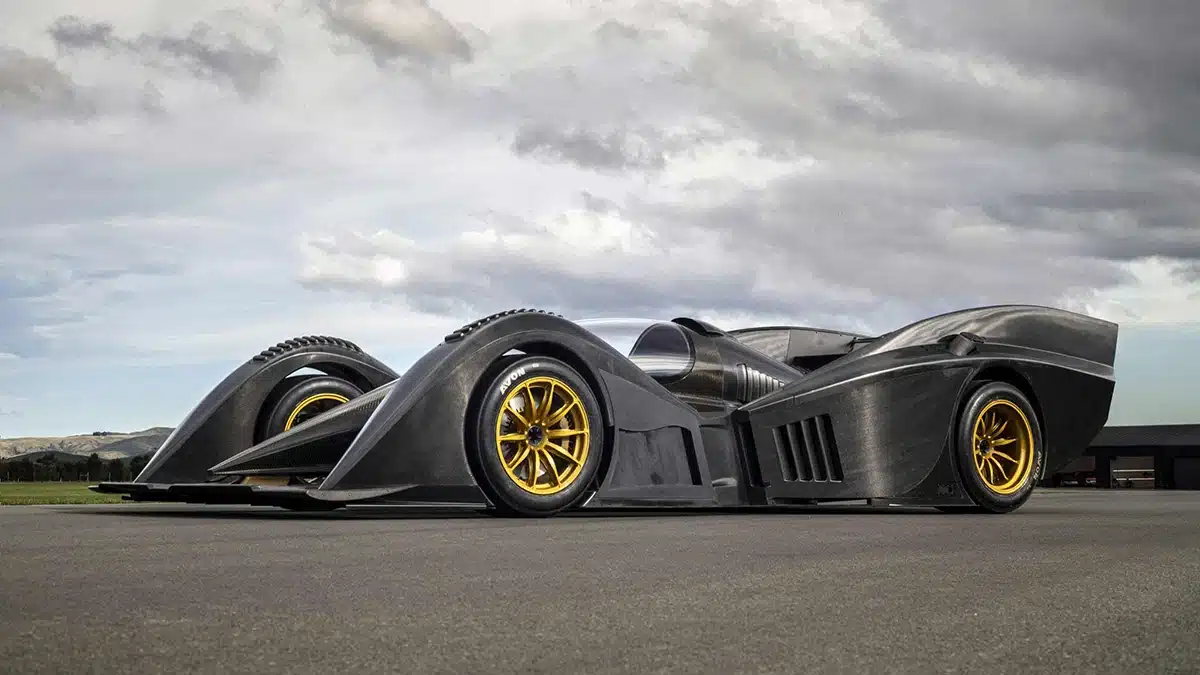What’s the point of a multi-million-pound car that’s based on an old platform?
Once upon a time, poster cars would be produced in meaningful numbers and built upon bespoke platforms. They would be meaningful products that represented the result of years of research and development, fine-tuning and testing. Standing tall as a halo car for a marque’s portfolio, these cars were not only the pinnacle of performance but also the perfect marketing tool.

It would seem that nowadays, luxury car manufacturers have taken this idea to the extreme. One example of this is the Bugatti La Voiture Noire, which was priced at a ridiculous €11 million making it the most expensive new car ever. Although the body of the car is unique, the underpinnings are taken from the Bugatti Chiron and although Bugatti claims that the La Voiture Noire is ‘very distinct’ the company does not offer any further explanation as to how it is different to the Chiron performance-wise.
The famous French marque is not the only manufacturer to use this approach to rake in huge amounts of cash by selling one-off models. Lamborghini are perhaps the most guilty of this trend as they have offered a myriad of one-off ‘hypercars’ over the past decade, all priced ridiculously high. The Lamborghini SC20 and Aventador J were both one-off open-cockpit hypercars with the latter selling for over €2 million and the former selling for an undisclosed price to a private seller.

Lamborghini also has a wide range of limited-production cars where 50 or less were produced. You may recognise some of them, such as the Lamborghini Sian, Centenario, Veneno and Reventón. Most recently, they’ve caught the eyes of enthusiasts with the remade and modernised Countach, set for a 2022 delivery with 112 examples being produced, each priced at around $2.6 million.

McLaren, BMW, Aston Martin, Porsche and more have all indulged in creating a one-off hypercar and the frequency of these special one-offs seems to be increasing, not decreasing. This may be an unpopular opinion but these one-offs and limited-run cars are annoying.

It feels like an easy cash-grab, to simply reskin the existing flagship with a ‘bespoke’ coachbuilt outer shell and then slap a multi-million pound/euro/dollar price tag onto it. Execs probably sit back and laugh as these hypercars quickly and effectively inject cash into the balance sheets and simultaneously act as a free marketing campaign for the brand.
These hypercars are nothing new, offer little to no innovation and their sole purpose seems to be to drum up hype and collect money from the top 0.1%’s back pockets. And what’s the point of getting excited when you’ll never see any of these cars at a car meet or event or even on YouTube because as soon as they’ve been bought, they’re quickly placed in the temperature and humidity-controlled storage of the bond-villainesque houses of these billionaires? We’re not stupid, we know a tax dodge when we see one.
Let us know your thoughts, in the comments below. If you enjoyed this, you may also like: ‘VW XL-1: Weird Car of The Month
For more articles like this, receive our weekly e-newsletter, including partner deals and all things motoring, register your email below.
Please note: You cannot subscribe to Smart-Motoring unless you put a tick in the checkbox below to indicate have read and agreed to our privacy policy.


